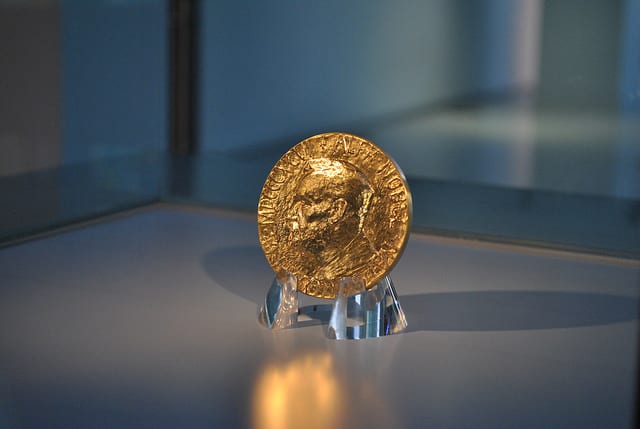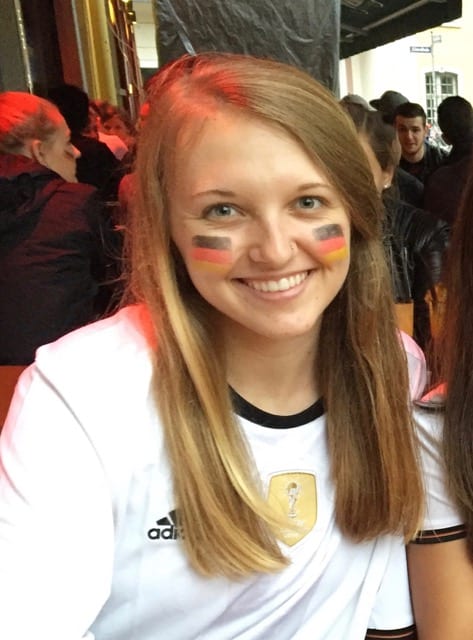
On Tuesday, October 3rd the Nobel Prize in Physics was awarded to Rainer Weiss, Barry Barish, and Kip Thorne for their contributions to the Laser Interferometer Gravitational-Wave Observatory (LIGO). On February 11th, 2016, LIGO announced the first detection of gravitational waves, a monumental moment in science. Gravitational waves were predicted by Albert Einstein in 1916, so their detection further confirms his famous theory of General Relativity.
Gravitational waves are essentially ripples in the fabric of spacetime caused by the acceleration of massive objects in space. In this case, the scientists detected gravitational waves from the motion of two extremely massive objects: merging black holes 1.3 billion light years away.
LIGO uses an interferometer system to detect gravitational waves by shooting laser light into 4-kilometer-long L-shaped tunnels. Since these are not waves we can see with any kind of telescope, we can only detect them by monitoring if they cause a disturbance in light from a laser passed through an interferometer. The experiment was designed to ensure that any disturbance was caused by gravitational waves and not any kind of external disturbance by Earth.
Dr. Weiss is a professor at the Massachusetts Institute of Technology, and Dr. Barish and Dr. Thorne are both from the California Institute of Technology. Their discovery will help scientists better understand the mechanisms of the early universe, black holes and other exotic objects such as neutron stars, and unifying the theories of quantum mechanics and general relativity.
 Paige Copenhaver is an undergraduate studying Physics and Astronomy at the University of Georgia. When she is not building satellites, she can be found playing ukulele or reading Lord of the Rings. Paige also serves on the programming board of Athens Science Café. You can email her at pac25136@uga.edu or follow her on twitter: @p_copenhaver. More from Paige Copenhaver.
Paige Copenhaver is an undergraduate studying Physics and Astronomy at the University of Georgia. When she is not building satellites, she can be found playing ukulele or reading Lord of the Rings. Paige also serves on the programming board of Athens Science Café. You can email her at pac25136@uga.edu or follow her on twitter: @p_copenhaver. More from Paige Copenhaver.
About the Author
- athenssciencecafehttps://athensscienceobserver.com/author/athenssciencecafe/April 17, 2020
- athenssciencecafehttps://athensscienceobserver.com/author/athenssciencecafe/April 12, 2020
- athenssciencecafehttps://athensscienceobserver.com/author/athenssciencecafe/April 3, 2020
- athenssciencecafehttps://athensscienceobserver.com/author/athenssciencecafe/March 30, 2020







